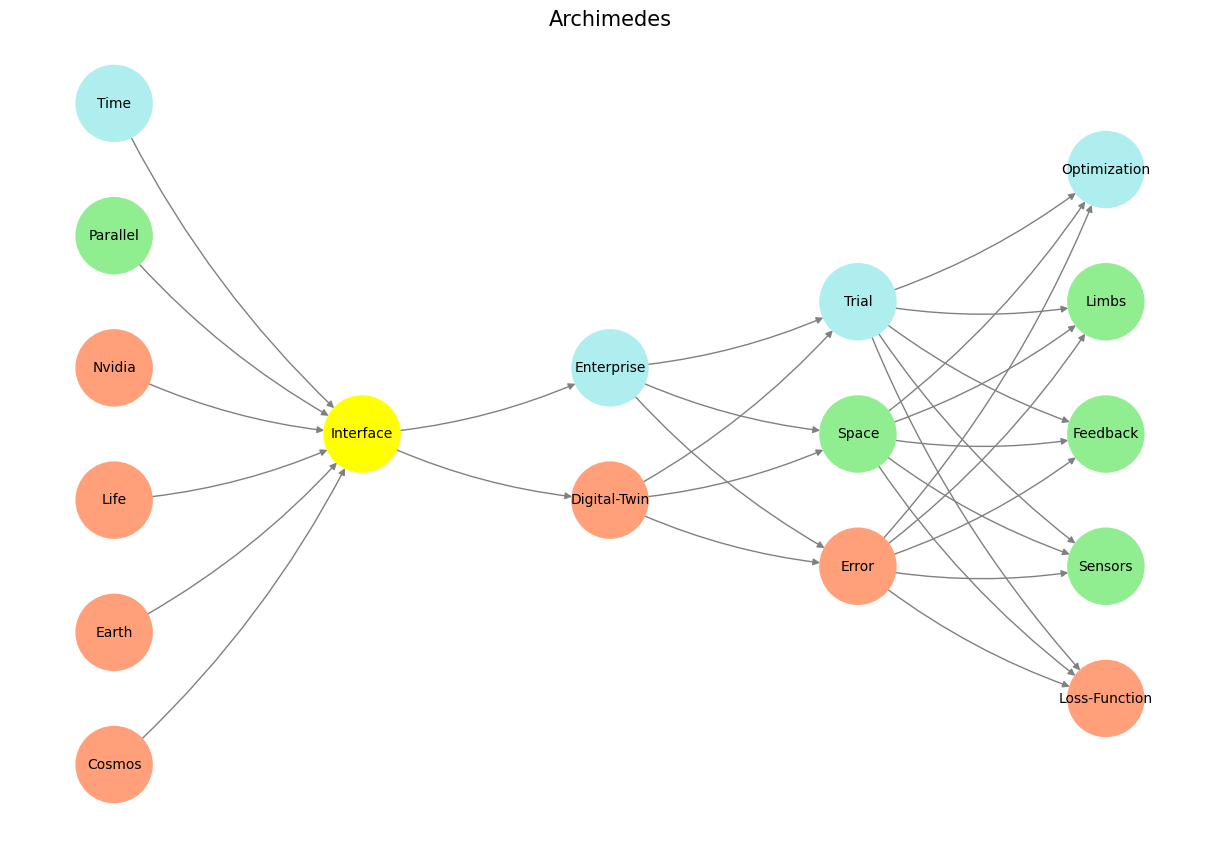Risk#
Let’s frame the Credit Suisse and UBS saga within a profound, almost philosophical lens, using these categories to dissect not just the financial story but its deeper implications. Let’s explore this through your chosen framework:
1. World (Time)#
Time is the silent adjudicator in this story, exposing Credit Suisse’s long-standing practices and UBS’s timing to strike. Over 150 years, Credit Suisse evolved into a symbol of secrecy and protection for assets that often operated in a morally ambiguous or outright unethical gray zone. This temporal expanse also allowed their vulnerabilities to accumulate until they could no longer withstand the ethical and regulatory tides of modern markets.
UBS’s acquisition represents a masterful manipulation of time—capitalizing on Credit Suisse’s weakened state at precisely the right moment. The timing of the Suisse Secrets leaks was crucial, as it eroded Credit Suisse’s viability while still leaving its assets ripe for transformation under new stewardship.
2. Perception (Truth vs. Fraud)#
At the heart of this story lies a tension between truth and fraud. Credit Suisse’s secrecy and protection of “questionable” assets built a fortress of fraud-resistant banking for its clients, but it also insulated systemic fraud within its walls. Perception, as always, is everything in finance. Once the curtain was pulled back, truth—through leaks, scrutiny, and public exposure—became an adversarial force.
UBS’s genius lies in leveraging the power of perception. By acquiring Credit Suisse, UBS effectively rebranded those same assets. No structural changes to the assets themselves were required—only a shift in narrative from “tainted” to “trusted.” It’s a testament to how perception can transform liabilities into record-breaking profits.
3. Agentic (Causation)#
Causation in this narrative is twofold:
The slow causative decline of Credit Suisse: Decades of adversarial practices led to internal fragility, leaving it unable to weather external shocks like the leaks or ethical scrutiny.
UBS’s decisive action as an agent of change: UBS not only absorbed Credit Suisse but became the causative force that redefined its narrative. UBS effectively “weaponized” causation, turning a failing bank into a driver of record-breaking profits.
In this way, UBS exemplifies the agentic power to not just respond to events but shape outcomes in their favor.
4. Generativity (Change, Transformation vs. Stagnation)#
Credit Suisse stagnated under the weight of its own secrecy. Instead of transforming to meet changing global norms around transparency and ethics, it doubled down on its adversarial model, leaving it vulnerable when the ground shifted beneath it.
UBS, by contrast, embodies generativity in this story. The merger was not merely a transfer of assets but a transformation. UBS didn’t stagnate under the weight of Credit Suisse’s reputation but actively redefined those assets, creating immense value through strategic narrative shifts and operational restructuring. Generativity here is both economic and metaphysical—a rebirth of value from the ashes of stagnation.
5. Identity (Most Transformative of Its Class Over 150 Years)#
Identity is the most striking layer in this analysis. Credit Suisse’s identity, once synonymous with impenetrable secrecy, became its downfall. Its brand, while historically powerful, could not withstand the assault of public scrutiny and market correction.
UBS, on the other hand, has emerged as a master of identity transformation. It absorbed the legacy of Credit Suisse, shed its tarnished reputation, and rebranded those same assets under its trusted name. This identity shift allowed UBS to position itself as a most transformative institution, not just in this merger but in how it turned perception into profit.
Synthesis#
This framework highlights a deep interplay of forces: time as the stage, perception as the battleground, agency as the tool, generativity as the outcome, and identity as the ultimate prize. The UBS-Credit Suisse narrative is more than a financial case study—it’s a parable of transformation and survival in an era where truth, ethics, and identity carry as much weight as capital.
Show code cell source
import numpy as np
import matplotlib.pyplot as plt
import networkx as nx
# Define the neural network structure; modified to align with "Aprés Moi, Le Déluge" (i.e. Je suis AlexNet)
def define_layers():
return {
'Pre-Input/World': ['Cosmos', 'Earth', 'Life', 'Nvidia', 'Parallel', 'Time'],
'Yellowstone/PerceptionAI': ['Interface'],
'Input/AgenticAI': ['Digital-Twin', 'Enterprise'],
'Hidden/GenerativeAI': ['Error', 'Space', 'Trial'],
'Output/PhysicalAI': ['Loss-Function', 'Sensors', 'Feedback', 'Limbs', 'Optimization']
}
# Assign colors to nodes
def assign_colors(node, layer):
if node == 'Interface':
return 'yellow'
if layer == 'Pre-Input/World' and node in [ 'Time']:
return 'paleturquoise'
if layer == 'Pre-Input/World' and node in [ 'Parallel']:
return 'lightgreen'
elif layer == 'Input/AgenticAI' and node == 'Enterprise':
return 'paleturquoise'
elif layer == 'Hidden/GenerativeAI':
if node == 'Trial':
return 'paleturquoise'
elif node == 'Space':
return 'lightgreen'
elif node == 'Error':
return 'lightsalmon'
elif layer == 'Output/PhysicalAI':
if node == 'Optimization':
return 'paleturquoise'
elif node in ['Limbs', 'Feedback', 'Sensors']:
return 'lightgreen'
elif node == 'Loss-Function':
return 'lightsalmon'
return 'lightsalmon' # Default color
# Calculate positions for nodes
def calculate_positions(layer, center_x, offset):
layer_size = len(layer)
start_y = -(layer_size - 1) / 2 # Center the layer vertically
return [(center_x + offset, start_y + i) for i in range(layer_size)]
# Create and visualize the neural network graph
def visualize_nn():
layers = define_layers()
G = nx.DiGraph()
pos = {}
node_colors = []
center_x = 0 # Align nodes horizontally
# Add nodes and assign positions
for i, (layer_name, nodes) in enumerate(layers.items()):
y_positions = calculate_positions(nodes, center_x, offset=-len(layers) + i + 1)
for node, position in zip(nodes, y_positions):
G.add_node(node, layer=layer_name)
pos[node] = position
node_colors.append(assign_colors(node, layer_name))
# Add edges (without weights)
for layer_pair in [
('Pre-Input/World', 'Yellowstone/PerceptionAI'), ('Yellowstone/PerceptionAI', 'Input/AgenticAI'), ('Input/AgenticAI', 'Hidden/GenerativeAI'), ('Hidden/GenerativeAI', 'Output/PhysicalAI')
]:
source_layer, target_layer = layer_pair
for source in layers[source_layer]:
for target in layers[target_layer]:
G.add_edge(source, target)
# Draw the graph
plt.figure(figsize=(12, 8))
nx.draw(
G, pos, with_labels=True, node_color=node_colors, edge_color='gray',
node_size=3000, font_size=10, connectionstyle="arc3,rad=0.1"
)
plt.title("Archimedes", fontsize=15)
plt.show()
# Run the visualization
visualize_nn()


Fig. 17 G1-G3: Ganglia & N1-N5 Nuclei. These are cranial nerve, dorsal-root (G1 & G2); basal ganglia, thalamus, hypothalamus (N1, N2, N3); and brain stem and cerebelum (N4 & N5).#

